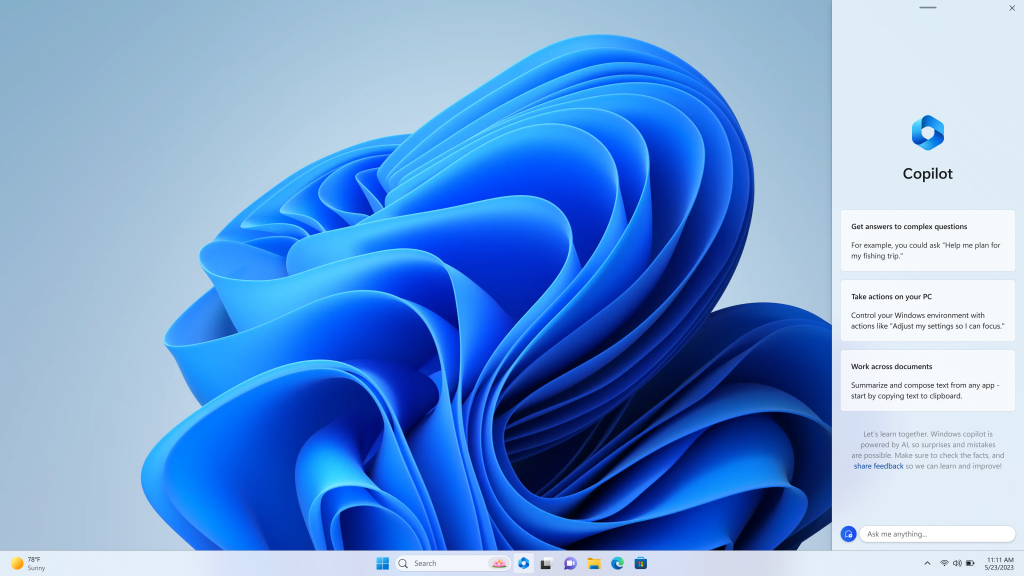Self-destructing messages have become an intriguing and appealing feature in many secure messaging apps and online note-taking tools. The promise of a message or note disappearing forever after a set time adds an extra layer of privacy and security. These messages are designed to automatically delete themselves after a specified period or under certain conditions. While the self-destruct feature makes recovery extremely challenging, it is not entirely impossible under certain circumstances.
- Recovery through forensics – Deleted messages may still leave traces, or ‘shadows’, on a device’s storage, especially if new data have not overwritten them. In some cases, digital forensics experts might be able to recover fragments of data, including parts of a self-destructing message. However, this would require physical access to the device, and even then, the success rate is relatively low.
- Hacking and interception – As mentioned earlier, there is a small window of opportunity for an attacker to intercept messages during transmission or when they are stored on a device. While end-to-end encryption makes this problematic, a skilled attacker can exploit vulnerabilities and gain access.
It is essential to understand that the likelihood of a successful recovery or hacking attempt depends on various factors, including the specific implementation of the self-destructing message feature, the security measures in place, and the skills and resources of the attacker.
Enhancing security of self-destructing messages
To further strengthen the security of self-destructing messages and minimize the chances of recovery or hacking, consider the following measures:
- Use reputable and secure apps – Choose messaging apps and notes online services with a strong security and privacy track record. Look for those that employ end-to-end encryption and have undergone independent security audits.
- Update and patch regularly – Keep your apps and devices updated with the latest security patches. Developers often release updates to address known vulnerabilities, so staying current helps protect against potential exploits.
- Secure your devices – Implement strong security measures, such as using a secure lock screen, regularly updating your operating system, and installing reputable security software to protect against malware and other threats.
- Avoid untrusted networks – Refrain from using public or untrusted Wi-Fi networks, especially when sending sensitive messages. These networks could be compromised, allowing an attacker to intercept data.
- Practice digital hygiene – Be vigilant about the apps and services you use, regularly reviewing and deleting any that you no longer need. Also, be cautious about the information you share online, as it could provide potential clues or avenues for attackers to target you.
Self-destructing messages offer an appealing way to enhance privacy and security, especially when sharing sensitive information. Combining self-destructing messages with other secure practices, such as using strong passwords, enabling 2FA, and being vigilant about your digital footprint, will help create a robust defence against potential threats.




